The wagon fleet of a logistics company refers to the number of wagons in the entire network. Our wagon fleet consists of covered wagons, open wagons, platforms, tanks, isothermal wagons and special purpose wagons. Wagon fleet is a collection of all wagons used for goods transportation.
"KDY Logistics" has a large fleet of cars to constantly provide quality service to customers. Our wagon fleet includes various types of freight wagons:
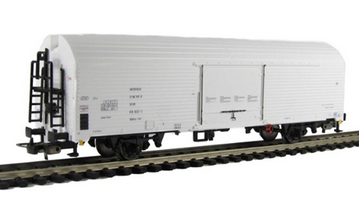
Refrigerated wagon
2100 pieces
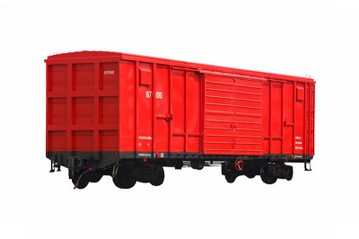
Closed wagon
500 units
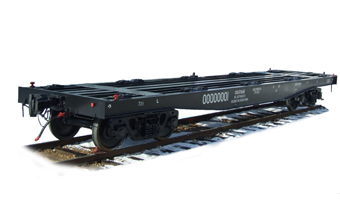
Platforms
200 units
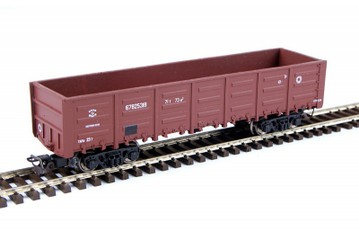
Semi Wagons
200 units
Our car fleet is constantly operating without stopping, as it plays an important role in international relations and international trade.
WAGON TYPES

Covered (closed) wagon – freight wagon for transporting goods that require protection from air loading and mechanical damage. Universal covered wagons are packaged, fabric, oval, bulk, etc. designed for cargo transportation. Special covered wagons are used to transport animals and birds, cars, paper in rolls, cold steel in rolls and packages, apatite concentrates and other goods. All covered wagons consist of freight wagon-specific chassis, shock and traction devices, and brakes.

Hopper wagon is a freight wagon with a self-unloading function for transporting bulk cargo (coal, ore, cement, grain, ballast). The trunk has a chimney shape, there are hatches for unloading cargo in the lower part, which helps to unload the cargo quickly. There are two types of hoppers – open and closed. Closed - used for goods that need to be protected from rain. Open - products are used to transport goods that can be easily dried without harmful consequences.

A semi-car is a railway freight car without a high-sided roof, designed to transport oval loads (ore, coal, waste, wood, etc.), containers and other products that do not require protection from atmospheric precipitation. The body of the semi-trailer generally has no roof (there are models with an attachable roof), which, in turn, provides ease of loading and unloading. A semi-car may have loading hatches in the floor and openable end walls or a closed body.

Railway platforms designed for the transportation of trees are equipped with floors and boards. Otherwise, such cargoes cannot be transported. Railway platforms are similarly equipped for the transportation of wheeled vehicles and containers. Railway platforms for long-distance road transport also have their own characteristics. Their body consists of special fixed frames, hydraulic devices and metal floors. Such a car platform has the ends of folding platform ramps designed to drive cars.

A tank container is a multifunctional transport unit intended for the transportation of liquid and chemical products, as well as compressed gases by three types of transport: sea (river), rail and road. Transport in tank-containers uses "door-to-door" technology without intermediate transportation of the product when changing the type of transport, which ensures the safety of the cargo. An additional advantage is the ability to quickly transfer tank containers from one type of transport to another, eliminating overloading of products at cargo terminals.

Tanks are designed to transport cargo such as liquid, gas and powder placed in a boiler with a special body shape. A significant variety of loads causes great changes in the appearance (shape) of tanks.
The volume of liquid cargo transported by tank on railways is determined by the method of measurement and calibration, unlike other types of wagons. To do this, measure the filling height of the boiler, take into account the density of the load, and then calculate the weight of the load using special calibration tables indicated according to the filling level of the capacity of the boiler.
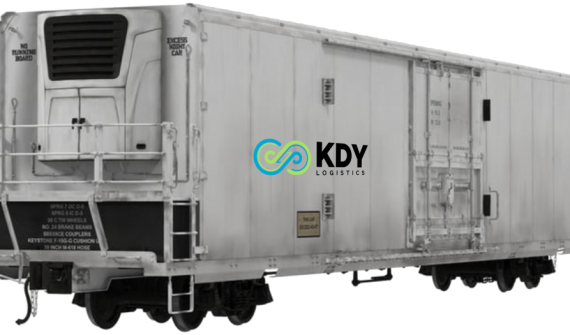
Refrigerated wagon is a wagon with a universal closed structure, intended for transportation of perishable goods. Refrigeration unit provides an opportunity to maintain the quality of transported goods. This category of equipment is included in the isothermal mobile class, which is mainly used for the transportation of food over a distance of more than 500 km. This vehicle differs from other analogues in the presence of automatic cooling and electric heating. Refrigeration equipment uses freon or ammonia, as well as energy produced by diesel generators.